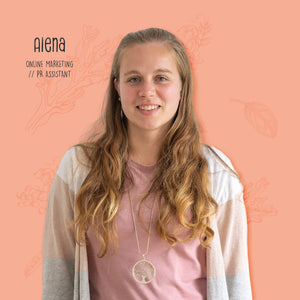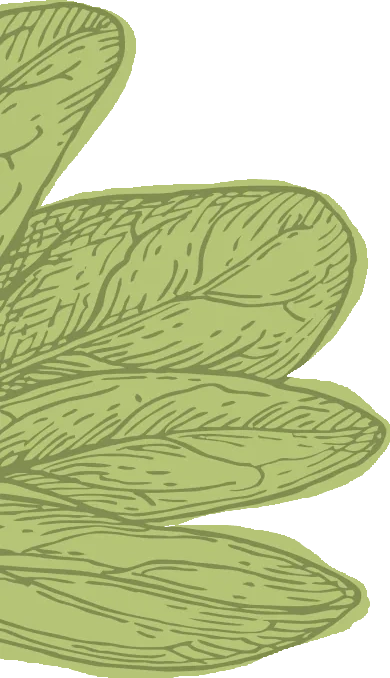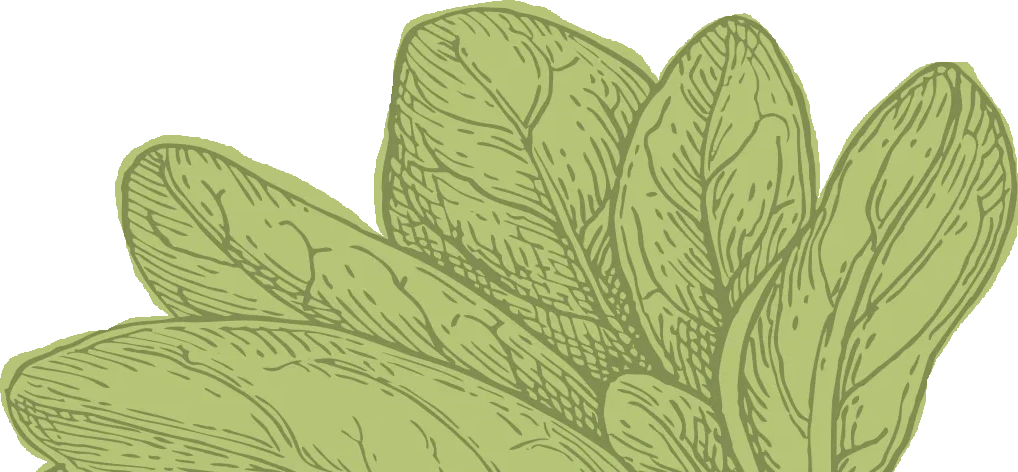
leishmaniasis
You would like to know which dog food is suitable for feeding dogs with various medical conditions. But what exactly is that and what do you have to consider when feeding them? Why should you feed your dog a diet that is as low in purines as possible?
 Author: Alena Thielert
Author: Alena Thielert
 Proofreader: Carla Steffen
Proofreader: Carla Steffen
Updated: 04.12.2024
Published: 26.04.2024
We are often contacted by dog owners whose four-legged friends suffer from chronic illnesses. They want to know which dog foods are suitable for feeding them with various illnesses. A frequently discussed issue is leishmaniasis. But what exactly is it and what do you have to consider when feeding your dog? Why should you feed your dog as little purine as possible?
Leishmaniasis - an overview
Leishmaniasis is an infectious disease. The pathogens are protozoa, i.e. single-celled organisms that are transmitted by sand flies. Other types of transmission (blood transfusions, smear infections) are rare. For a long time, sand flies were only found south of the 45th parallel. Dogs that came from Mediterranean countries or accompanied their owners on vacation became infected. Recently, the appearance of sand flies has been observed in southern Germany. Leishmania infections could also occur in these regions in the future.
Transmission and Symptoms
The pathogens are transmitted when the female mosquito sucks. The Leishmania then parasitize intracellularly, especially in macrophages (cells of the immune system). It is interesting to note that infected dogs do not necessarily become ill. This means that they may harbor the Leishmania, but may never develop symptoms. It is difficult to predict whether and when the disease will break out. There is a correlation between the level of the antibody titer (the number of antibodies in the blood that the dog's body has produced against the pathogens) and the likelihood that symptoms will appear.
These symptoms are often initially non-specific and occur in phases. Symptoms include fever, apathy, weight loss and a thin coat. Depending on the course of the disease, different forms of manifestation become apparent. A distinction is made between the cutaneous (skin: including hair loss on the bridge of the nose, tips of the ears, "glasses" around the eyes), the mucocutaneous (mucous membrane: ulcers) and the visceral (internal organs: particularly glomerulonephritis → inflammation of the kidneys) form. All of these can also occur in a mixed form. Without treatment, up to 90% of dogs in which leishmaniasis has actually broken out die.
What does therapy look like and what does it all have to do with nutrition?
First of all, there is some important information: Leishmaniasis is NOT curable in dogs. Through the targeted use of various medications, it is possible to alleviate the symptoms, but the pathogens will most likely remain in the dog's body for life. It is not unlikely that the disease will break out again even after the symptoms have successfully subsided, which means that further treatment is necessary.
A commonly used drug is "allopurinol", which is used, among other things, to treat gout in humans. It is absorbed by the Leishmania and ultimately inhibits their reproduction. However, it also has another effect directly in the dog itself. It hinders the enzymatic breakdown of purines into allantoin. Purines are important components of DNA and RNA and can be synthesized by the dog itself. All purines that enter the organism through food and are not needed for the construction of the genetic material must be broken down and excreted through the kidneys.
If the breakdown of allantoin is inhibited by the leishmaniasis drug "allopurinol", the intermediate product xanthine accumulates. There is a risk of urinary stones ("xanthine stones") forming. This is why dogs that receive allopurinol should be fed a low-purine diet. This may not be so easy, as only a few feed manufacturers declare the purine content of their products and creating your own recipe is time-consuming and requires specialist knowledge. Pet owners should not be afraid to contact the producers of their dog food directly and ask about the purine content. If information is withheld, it is advisable to change the product.
Low-purine diet - an overview
Purines are found in foods that are rich in cell nuclei. These include meat (especially offal and connective tissue chews), but also pulses. Depending on the composition, a vegetarian or vegan diet can be an extremely inexpensive alternative to a meat diet.
The purine contents of our VEGDOG varieties are as follows:
| type of feed | purine content |
|---|---|
dry food GREEN CURNCH | approx. 42 mg/100 g feed, corresponds to approx. 46 mg/100 g dry matter |
dry food FARMER'S CRUNCH | approx. 34 mg/100 g, corresponds to approx. 37 mg/100 g dry matter |
wet food SENIOR Peas & Millet | approx. 30 mg/100 g feed, corresponds to approx. 143 mg/100 g dry matter |
wet food ADULT Lentils & Millet | approx. 30 mg/100 g feed, corresponds to approx. 126 mg/100 g dry matter |
wet food SENSITIVE lupine protein | approx. 41 mg/100 g feed, corresponds to approx. 165 mg/100 g dry matter |
There are currently no official recommendations or limits for low-purine feed. Based on the current studies, however, complete feed with a purine content of approx. 40 mg/100 g dry matter can be classified as low-purine (see: Kaempfle et al. (2023), Animals,13,3060. https://doi.org/10.3390/ani13193060 ).
We can therefore recommend our FARMER'S CRUNCH for a low-purine diet.
It should also be noted that dogs with leishmaniasis should drink a lot. Diluting the food portions with water can be very useful.
What is the life expectancy of infected dogs?
Leishmaniasis is not a death sentence. The majority of infected dogs have the chance of a long and happy life. As owners, we have a responsibility to promote this. This includes reducing stress (because this weakens the immune system) by creating a structured daily routine, lots of love and attention, regular veterinary check-ups, administering appropriate medication if necessary and, of course, a digestible and balanced diet.
Is leishmaniasis contagious?
Basically, leishmaniasis is not contagious - neither from dog to dog nor from dog to human. Only a pregnant dog can transmit the parasites to her puppies via the placenta. Otherwise, transmission occurs via the bite of an infected female sand fly. However, a sand fly can also become infected with leishmania from a dog and pass the infection on to a human or animal the next time it bites.
If you have any questions about this disease, please contact our veterinarians at tierarzt@vegdog.de.
FAQ
What is leishmaniasis?
Leishmaniasis is a parasitic infectious disease that is transmitted to dogs by infected female sand flies. The so-called Leishmania bacteria multiply in the white blood cells and tissue, causing a variety of symptoms.
Is leishmaniasis curable in dogs?
Leishmaniasis cannot be cured. However, early treatment can treat the symptoms, so that the affected animals can live a long and largely symptom-free life. If the disease is not recognized, leishmaniasis can be fatal.
In which countries are there sandflies?
Sand flies are mainly found in the Mediterranean region. This includes Portugal, Spain, France, Italy and many other countries from Croatia to Greece and Turkey. Due to global warming, there are now initial populations in Austria.








